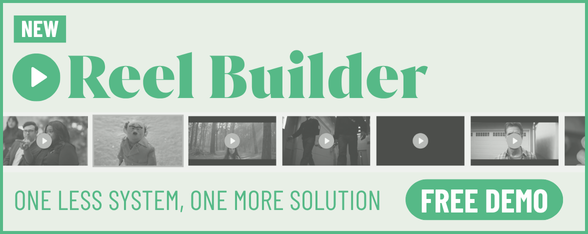
Creativity Squared: Taking Root in the Everyday with Naho Manabe

Naho Manabe believes that her work is to create value. To convert clients’ businesses, services, products and technologies into meanings that fit society. And secondly, to represent them so they are easy to understand and create a good impression.
As Naho's opportunities to do global work have increased, the dynamism of the 'fitting society' part has increased dramatically. This is because we need to be aware of both universal insights that people feel without much variation wherever they are on the planet and local insights that arise from culture, religion, climate, and social conditions. Since individuals, including Naho, cannot chew on everything by themselves, Naho feels teams that span countries are effective. Naho would like to see more systems and interactions across the Hakuhodo network for enabling us to perceive the essence of both universal insights and local insights.
Person
I think I am literally a ‘sei-katsu-sha.’ This is a term used by Hakuhodo to describe people not simply as consumers, but as fully rounded individuals with their own lifestyles, aspirations and dreams. I often discover creative hints from people I encounter around town, when making meals for my family, or conversations with my kids. I want to create new values and habits that take root in everyday life, not just among early adopters.
For instance, in Not So Pedestrian Lane, a work done by my colleagues in the Philippines to prevent accidents from pedestrians not crossing the road at a crossing, I like that they drew a visually-interesting picture of a pedestrian crossing you’d like to cross at on an actual crossing. I tip my hat to them.
‘Quiet time’ is a source of my creativity. There’s no neuroscientific or psychological evidence for it, but, strangely, taking time to regulate my breathing and turn my attention inward leads to new ideas. These days I do yoga, but previously I practiced calligraphy. A quick way to do this when I’m busy is to take a shower. I’ve been saved countless times by ideas that bubbled up with the lather when I was in the shower.
Product
For me, the criterion for judging the creativity of a piece of work is does it touch the heart. If a piece of work transcends logic to appeal to the emotions and desires and move people, make them reflect on something or want to talk about it to others, then it’s creative to me.
This year, I served as a judge in the Outdoor jury at Cannes Lions and one of our judging criteria was this very thing. For those of us who endured a time when we could not really leave our homes due to Covid-19, much less cross national borders, perhaps creativity that moves hearts or, if you like, takes hearts on a journey, is the one thing we can do.
I’m currently involved in a project on LiDAR and other new technologies. It is ultimately people that will use it. Rather than pursuing the bleeding edge of technology, I think that transforming this into communication tools of value to the people who will use them is where creativity really lies.
Process
I start my creative process by thinking about insights, breaking down the problem into elements as diverse as possible, and brainstorming solutions. I then classify the potential solutions using the KJ method, which is used frequently as a creative method at Hakuhodo, and consolidate them into solid ideas.
With the KJ method, you categorise ideas that come out of a brainstorming session into groups by value and give a name to the meaning of each value, then repeat the process over and over. You group, say, 100 ideas into 10 groups of 10, then condense the 10 groups into five, then the five into two. Certainly, you encounter some ideas along the way can’t be grouped, but it’s a way of building consensus on paper.
Another thing I value is the idea of integration. I think about which media, what targets, which measures and what budget to apply to the core idea. How I will link all the various media measures together. What I need to negotiate with which of the client’s divisions to do this… I’ve recently discovered that applying this thinking has brought me closer to the way a CMO thinks, and broadened the scope of my work immensely.
Press
There is a phrase I like: Our creativity is in proportion to the distance we travel. I travelled to over 30 countries early in my life. From rural America to the go-go cities of Asia, Tokyo, the foot of Mt. Fuji and, now, my desire to live in Europe. I think all of these elements are honing me into a person able to fit into diverse environments.
The stimulation of my 13-year-old daughter and 11-year-old son—two absolute Gen Zers—is huge, too. In particular, how they interact with social media has much more reality than any materials I might encounter on the job. Whether it’s how they instantly select or reject masses of information; their exceedingly small opportunity of encountering information other than that which they’re interested in; how chat serves as a wellspring of culture, for instance in generating the latest “in” phrases; or how low the barriers between offline and online are for them. Thanks to them, I can talk about actual Gen Zers, which makes me more persuasive with our clients.















